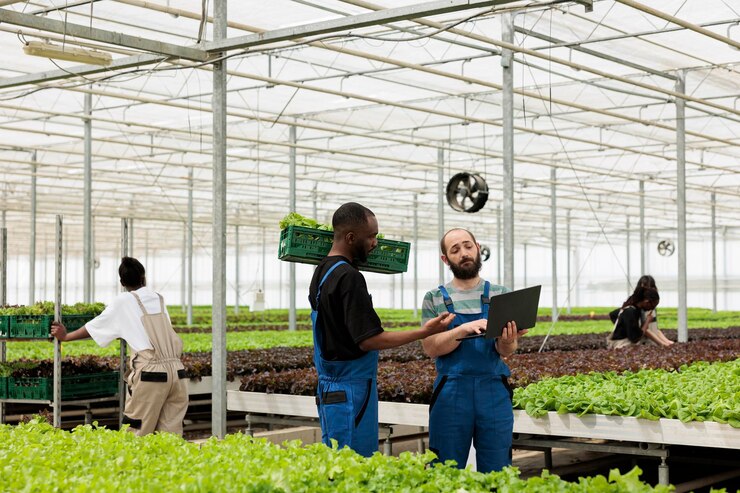The U.S. Department of Agriculture announced it had committed $1.5 billion to conservation and climate-smart agriculture—the largest investment in program history. This funding represents a monumental step toward supporting sustainable practices while taking action against climate change as part of President Biden’s Investing in America agenda.
A Historic Investment
The USDA $1.5 billion investment package in climate-smart agriculture serves to pay attention to a whole range of conservation efforts and climate solutions under the aegis of sustainable agriculture as powerfully contributing to staving off climatic change. It will help farmers, ranchers, and forest landowners adopt additional resource-conserving, greenhouse gas-lowering, and soil health-enhancing practices.
Funding Objectives
The major objectives of this historic investment are as follows:
Manage for Healthy Soils: Promoting practices that will improve soil structure, fertility, and sequestration. Healthy soils foster productive agriculture and resilient ecosystems.
Conserve Water: Applying techniques that ensure efficient water use, lower runoff, and increase the quality of our water. Efficient management of water is critical as drought intensifies and water scarcity becomes more common.
Carbon Sequestration: Promoting those practices that enhance carbon storage in soils and vegetation, thus reducing CO2 in the atmosphere. This would be critical to mitigate the worst impacts of a changing climate.
Preservation of Biodiversity: Restoring and conserving habitat to protect wildlife and ensure biodiversity on farms and ranches.
Technological Innovation: Continuously investing in the research and development of new technologies and practices to enhance the sustainability and efficiency of farming.
Partner-Driven Conservation Efforts
USDA funding solicits to be partner-driven. These include farmers, non-profits, academic institutions, and local governments joined in collaborative efforts to meet unique needs and conditions across different regions and communities. It is through this collaborative method that the different conservation strategies are tuned into the reality faced by different regions and communities.
Effect on Farmers and Ranchers
This huge investment will provide farmers and ranchers with the financial backing and technique to implement self-sustainable practices. Among the benefits from climate-smart techniques adopted by agricultural production sets would be enhanced resilience to climate change, improved productivity, and conservation of the environment.
Some key programs receiving this funding include the following:
Conservation Stewardship Program: It provides remunerations to farmers who maintain and increase existing conservation activities.
EQIP: Provides financial and technical assistance to implement conversation practices on farmland.
RCPP: This program promotes collaboration between the USDA and its partners to deal with regional conservation priorities.
Long-term benefits
Long-term benefits of this investment: other than farming, the USDA wants a more sustainable agriculture system, ready to challenges from climatic conditions and resilient food systems, and improvement in rural economies. These will be equally useful for global efforts against climate change as this administration is doing. These conservation efforts will further help retain natural landscapes and biodiversity for future generations.
Conclusion
The historic $1.5 billion USDA investment in conservation and climate-smart agriculture is the key to a new future for American agriculture. Dedicated support to integrative and vibrant new practices, through farmers and ranchers driving innovation toward addressing climate change, can set a sustainable future for agriculture.
Here, you can read updates from publications like Agriculture Dive or other agricultural news stories.

